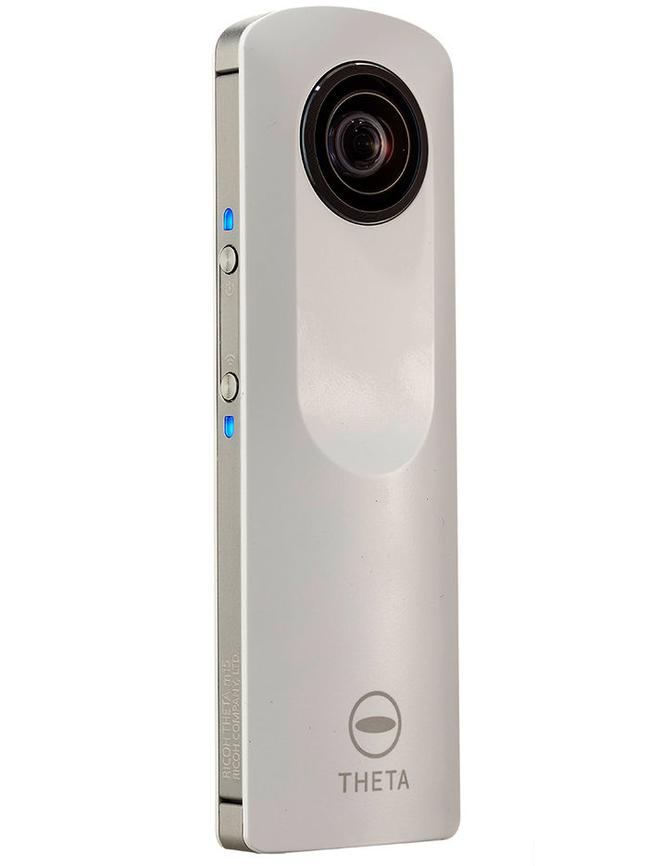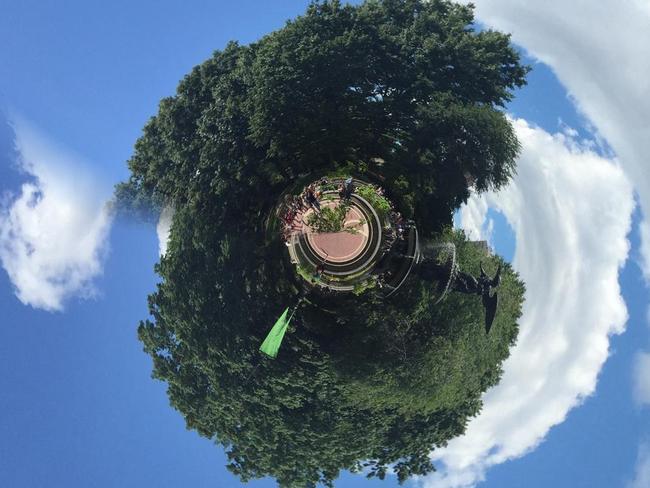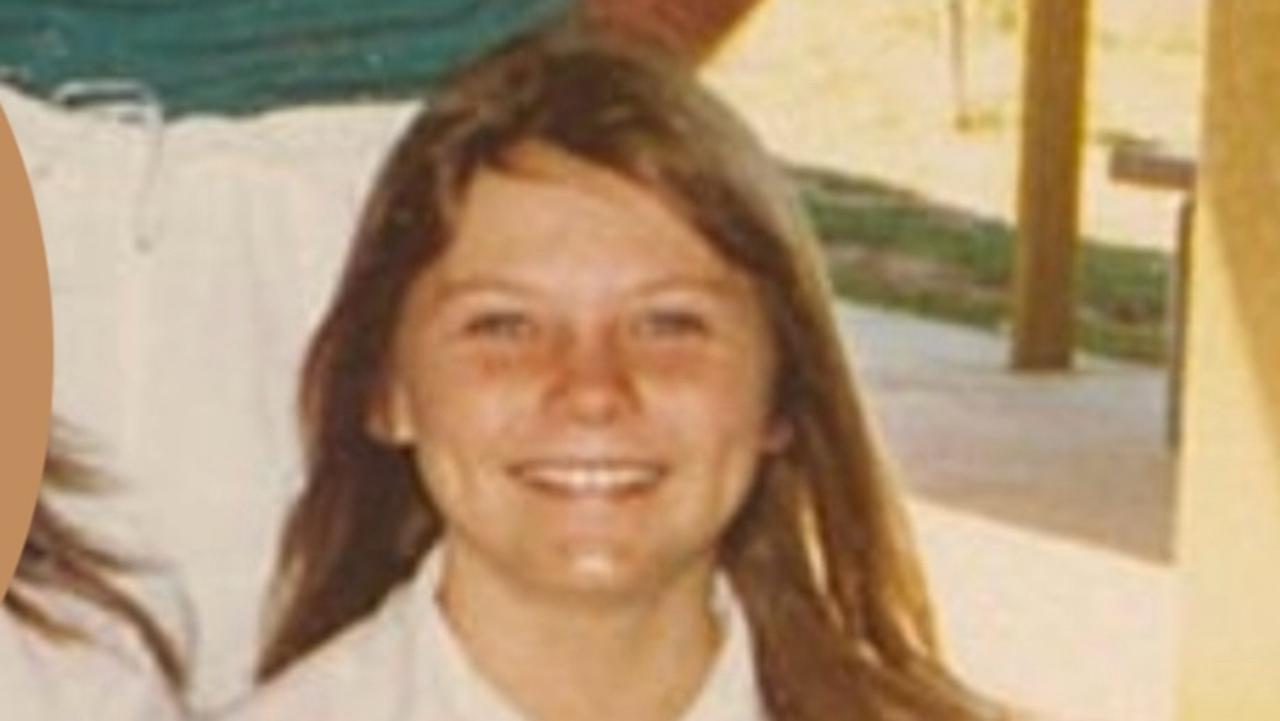How to make a ‘tiny planet’ photo
Instagram’s latest craze transforms boring, flat snapshots into tiny floating planets — here’s how it’s done.
There’s a new craze on Instagram that Christopher Columbus would totally heart: “tiny planet” shots — a trippy variation on landscape photography that depicts your surroundings as a free-floating orb rather than a flat square. It blurs the line between art and photography — and can result in some pretty dreamy images.

The most convincing way to achieve these is with a camera like the Ricoh Theta ($300 (AU$413) theta360.com). It looks like a small remote control and has not one but two fisheye lenses on each side, which capture your surroundings in tandem. A companion app for iPhone and Android connects wirelessly to transfer photos from the Theta to your phone.
To turn a Theta pic into a tiny-planet shot requires some fiddling in the app. The Theta camera takes 360-degree photos that capture everything above, below and even behind the photographer. Viewing these special photos in all their glory requires the app: You’ll see a wide-angle view of what was in front of the camera when you snapped the photo, and the app also lets you swipe the image to pan around. You can look up or down or even spin about.
In the app, you’ll want to zoom out and adjust the view to create a tiny-planet composition. Then take a screenshot of your image to share it with the world. (Ricoh says a new app, out soon, will simplify sharing and editing stills.)

But creating a tiny-planet shot doesn’t require a pricey one-trick camera. With the right app, you can use your iPhone or Android phone’s cam.
My favourite iPhone app for this purpose is Circular+ (US$2). After you take a photo within the app (or import a standard photo that you’ve already taken), the app magically rolls your photos into a sphere. It also lets you add fun effects, like lens flares and solar streaks. For Android, Tiny Planet FX Pro app works similarly (US$3). These apps don’t give you as much control or interactivity as the Theta camera, but they are less expensive.
Whether you’re using the Theta or one of the apps above, there are a few things to keep in mind: For the best floating-planet effect, take outdoor shots with plenty of sky and something jutting up from the horizon for contrast. And always keep your shots level, so the horizon lines up perfectly when it’s stitched together. The earth is round. Shouldn’t your Instagram photos be, too?


